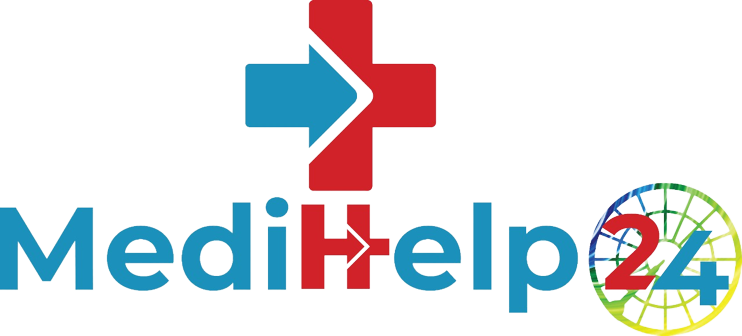
Ectover Tablet
Tablet
Goodman Pharmaceuticals Ltd.Generic:
IvermectinWeight:
12 mgbest Price:
৳ 20.00Generic
Ivermectin
Contraindications
Strongyloidiasis: In four clinical studies involving a total of 109 patients given either one or two doses of 170 to 200 mcg/kg of Ivermectin, the following adverse reactions were reported as possibly, probably, or definitely related to Ivermectin. Body as a whole: asthenia/fatigue (0.9%), abdominal pain (0.9%) Gastrointestinal: anorexia (0.9%), constipation (0.9%), diarrhea (1.8%), nausea (1.8%), vomiting (0.9%) Nervous System/Psychiatric: dizziness (2.8%), somnolence (0.9%), vertigo (0.9%), tremor (0.9%) Skin: pruritus (2.8%), rash (0.9%), and urticaria (0.9%). Onchocerciasis: arthralgia/synovitis (19.3%), axillary lymph node enlargement and tenderness (11.0% and 4.4%, respectively), cervical lymph node enlargement and tenderness (5.3% and 1.2%, respectively), inguinal lymph node enlargement and tenderness (12.6% and 13.9%, respectively), other lymph node enlargement and tenderness (3.0% and 1.9%, respectively), pruritus (27.5%), skin involvement including edema, papular and pustular or frank urticarial rash (22.7%), and fever (22.6%), abnormal sensation in the eyes, eyelid edema, anterior uveitis, conjunctivitis, limbitis, keratitis, and chorioretinitis or choroiditis. These have rarely been severe or associated with loss of vision and have generally resolved without corticosteroid treatment. The following adverse reactions have been reported since the drug was registered overseas: hypotension (mainly orthostatic hypotension), worsening of bronchial asthma, toxic epidermal necrolysis, and Stevens-Johnson syndrome.
Side Effects
Pregnancy Category C. Ivermectin does not appear to be selectively fetotoxic to the developing fetus. There are, however, no adequate and well-controlled studies in pregnant women. Ivermectin should not be used during pregnancy since safety in pregnancy has not been established. Nursing Mothers: Ivermectin is excreted in human milk in low concentrations. Treatment of mothers who intend to breast feed should only be undertaken when the risk of delayed treatment to the mother outweighs the possible risk to the newborn
Pregnancy And Lactation
Historical data have shown that microfilaricidal drugs, such as diethylcarbamazine citrate (DEC-C), might cause cutaneous and/or systemic reactions of varying severity (the Mazzotti reaction) and ophthalmological reactions in patients with onchocerciasis. These reactions are probably due to allergic and inflammatory responses to the death of microfilariae. Patients treated with Ivermectin for onchocerciasis may experience these reactions in addition to clinical adverse reactions possibly, probably, or definitely related to the drug itself. The treatment of severe Mazzotti reactions has not been subjected to controlled clinical trials. Oral hydration, recumbency, intravenous normal saline, and/or parenteral corticosteroids have been used to treat postural hypotension. Antihistamines and/or aspirin have been used for most mild to moderate cases. After treatment with microfilaricidal drugs, patients with hyperreactive onchodermatitis (sowda) may be more likely than others to experience severe adverse reactions, especially edema and aggravation of onchodermatitis. Rarely, patients with onchocerciasis who are also heavily infected with Loa loa may develop a serious or even fatal encephalopathy either spontaneously or following treatment with an effective microfilaricide. In these patients, the following adverse experiences have also been reported: back pain, conjunctival hemorrhage, dyspnea, urinary and/or fecal incontinence, difficulty in standing/walking, mental status changes, confusion, lethargy, stupor, or coma.

